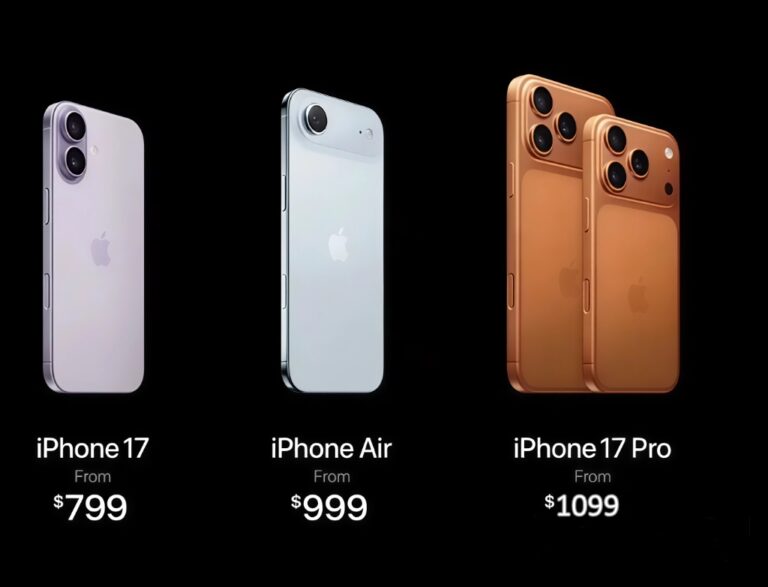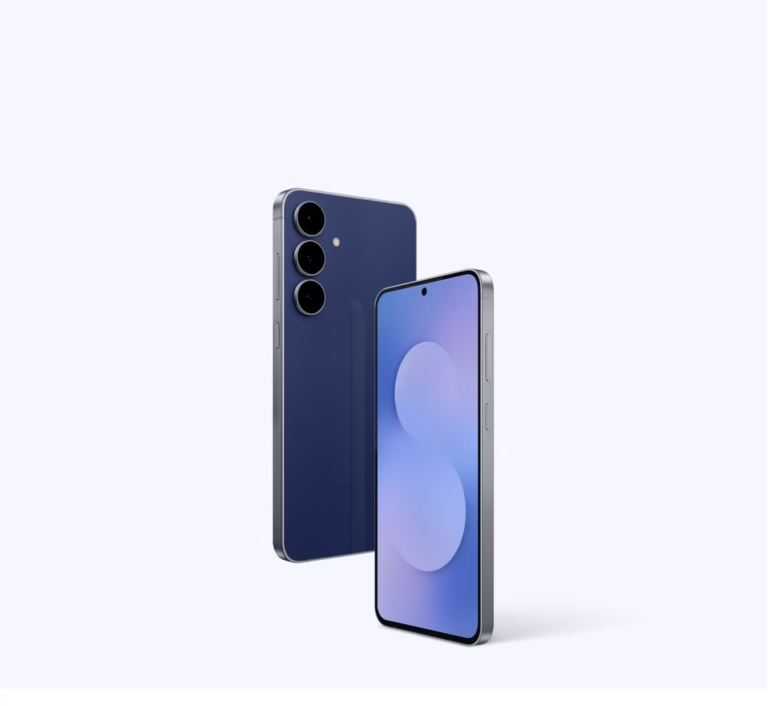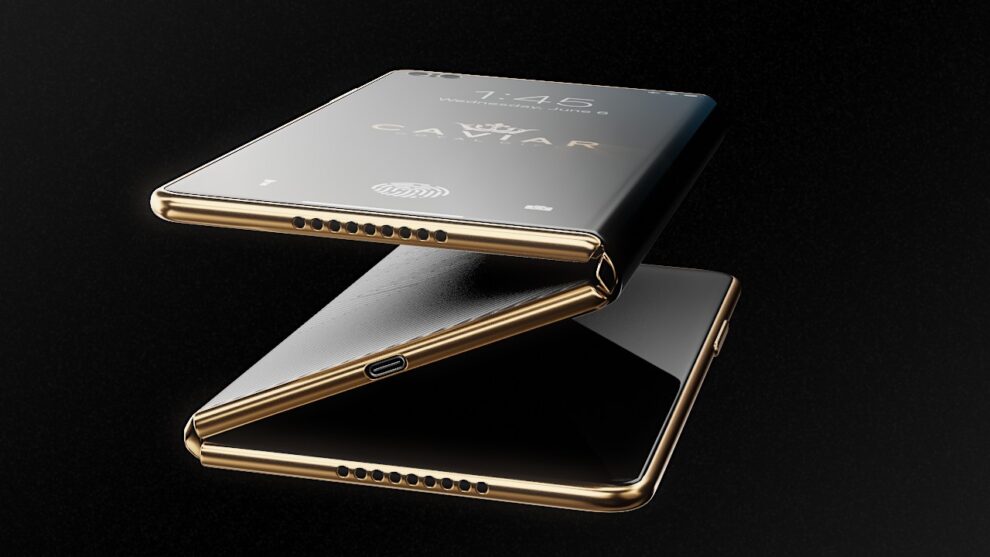
Photo Credit :androidleo.com
The concept of foldable phones dates back to early flip phones, but modern foldables emerged with Royole FlexPai in 2018, the first smartphone with a flexible OLED display. Samsung and Huawei soon followed with Galaxy Fold and Mate X, refining durability and usability. Today, foldable phones offer larger displays, multitasking features, and premium designs, shaping the future of mobile technology
Samsung is set to revolutionize the foldable smartphone market with its first-ever tri-fold device, expected to launch later this year. The highly anticipated model, rumored to be called the Galaxy G Fold, will feature a 9.96-inch display when fully unfolded, offering users a tablet-like experience in a compact form. Unlike previous foldables, this device will incorporate two hinge points, allowing it to fold inward from both sides for added screen protection.
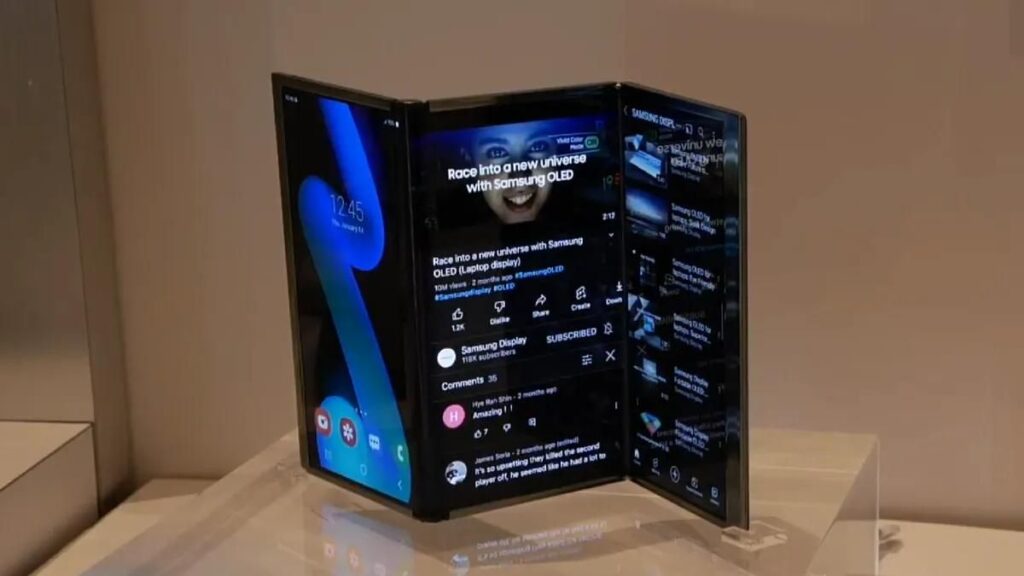
Samsung’s tri-fold smartphone has already appeared in China’s 3C certification database, confirming its imminent release. However, reports indicate that the initial launch may be geographically limited, with availability restricted to China and South Korea before a potential global rollout in 2026.
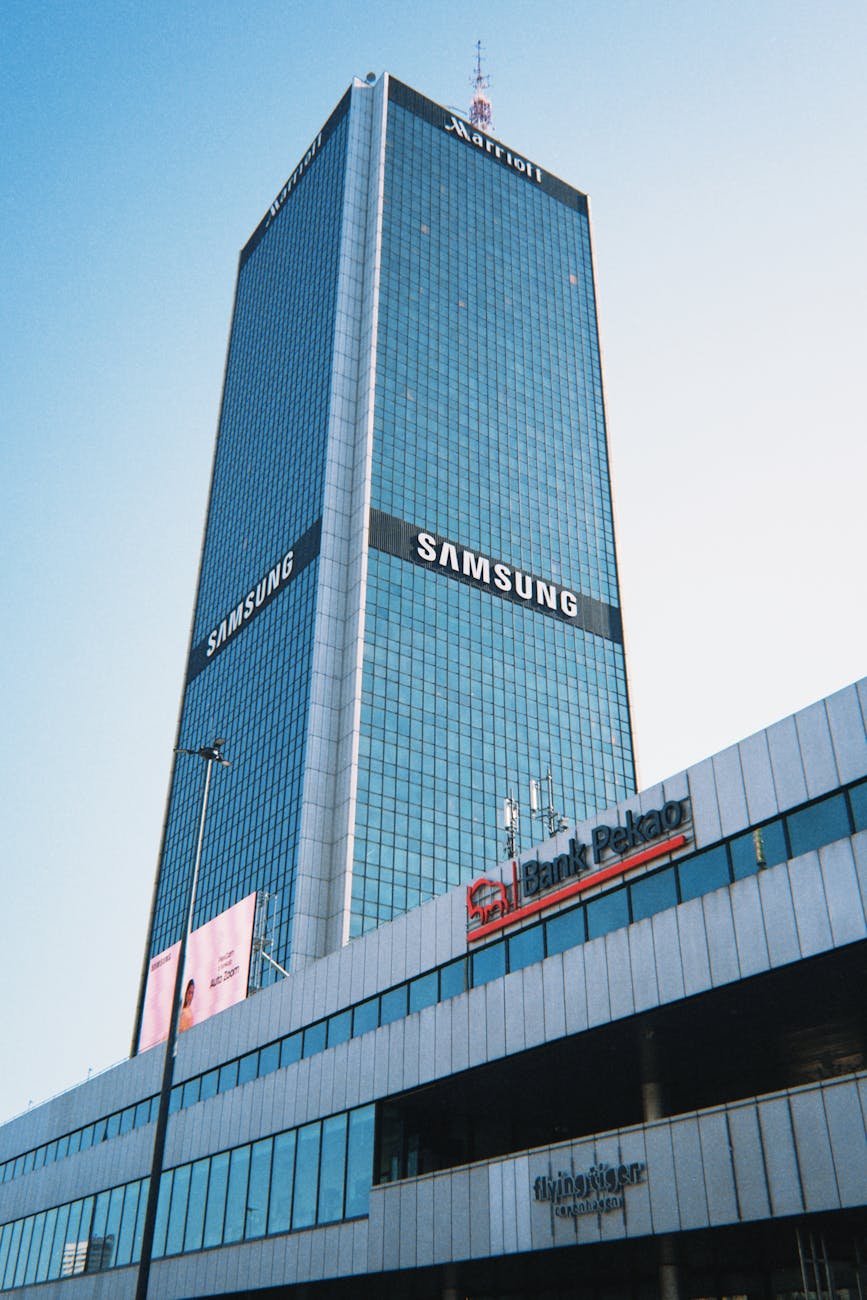
With an expected price range of $3,000–$3,500, the Galaxy G Fold is positioned as an ultra-premium device, targeting early adopters and tech enthusiasts rather than mainstream consumers. The phone is rumored to support S Pen functionality, making it a powerful tool for digital artists and productivity-focused users.
As Samsung prepares to unveil this groundbreaking device, the industry eagerly awaits its impact on the foldable smartphone market. Will the Galaxy G Fold set a new standard for innovation, or will its charging limitations hold it back? Only time will tell


